Did you know that almost a million pets were adopted in 2021? That’s so many pets that got to go to new and loving homes and so many people searching for the best dog training tips! Are you going to be part of that statistic for 2022?
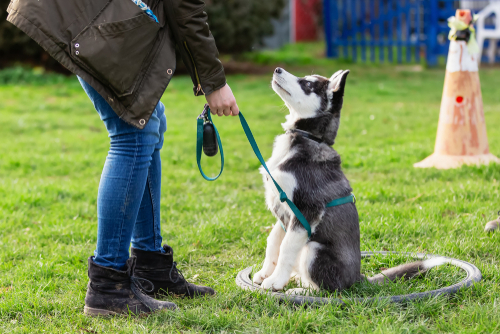
Getting a new dog is exciting. You’re bringing a new friend into your household! Training the dog, however, is a different story.
Training is frustrating, but if you want your dog (and your home) to be safe, it’s essential. We’re here with the best dog training tips so you can get started.
Read on to learn more.
1. Start Right Away
From the moment that you bring a new dog home, the training begins. Whether your dog is a brand-new puppy or an older dog from a shelter, you need to make sure that they know who’s boss and what they should be doing.
Many people think that puppies are too young to learn. Puppies are difficult to train, they need more sleep than adult dogs, and they have shorter attention spans. That doesn’t mean that you shouldn’t start teaching them the basics.
Older dogs may not need as much training depending on their backgrounds. If your dog came from a household that trained it well, you may only need to make a few small adjustments, if you need them at all. Some dogs, however, came from neglectful environments or they were strays, and they’ll need more training.
It’s often difficult to “teach an old dog new tricks,” but it’s not impossible as long as you establish the learning process right away.
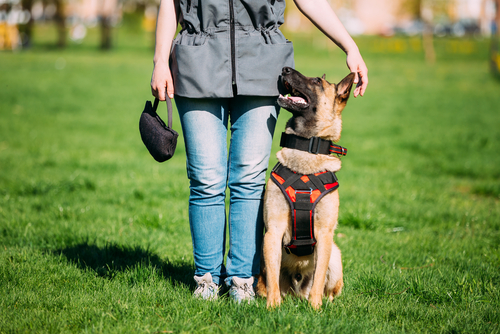
2. Keep Training Fun
Just like children, dogs learn best when they’re able to have fun and play games. If you can turn training sessions into enjoyable experiences, your dog will pick things up more quickly.
You can’t force a dog to do what you want it to do. While some people choose to discipline their dogs or use force, this will result in dogs who are either skittish or aggressive.
By keeping things light and interesting, your dog will understand that learning commands isn’t a punishment. They’ll equate them with playtime and rewards.
There will be some situations in which you’ll have to be more strict with your dog, but for the most part, aim to have fun with the training process.
3. Don’t Aim for Long Sessions
This is one of the best dog training tips for puppies. While all dogs have short attention spans, puppies are the worst. They’re easily distracted and they have no interest in learning for long periods of time (even though dogs love to learn). Remember, they’re like toddlers.
It will benefit both you and the dog to keep training sessions brief and give your dog plenty of breaks. 15 to 20 minutes is often more than enough to help your dog learn.
It’s a good idea to use commands while you’re between training sessions, like during playtime or on walks, just to solidify them in your dog’s mind.
4. Redirect Negative Energy and Behavior
This is another one of the best dog training tips for puppies. When they get too rowdy, or when they’re doing something that they’re not supposed to do, find a way to redirect them.
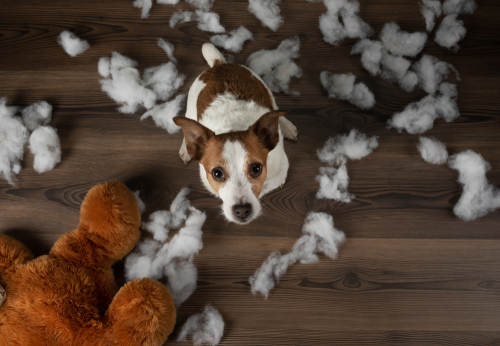
When your puppy is chewing on something that it’s not supposed to chew on, like a sleeve or your finger, it might seem cute. It won’t be cute when the puppy is causing actual damage when it gets older.
Instead of allowing that behavior, place a chew toy or rope in the dog’s mouth. This should distract them and let them know that there are appropriate things to chew on in the house.
Your puppy is teething, so don’t discourage chewing in general. Just make sure that it’s not harming you or your home!
5. Consider Training Classes
When your dog is a puppy, you have access to plenty of affordable training classes at puppy daycares or pet supply stores. Take advantage of this by attending at least one class.
While one class won’t be enough to train your dog, it will get your dog used to other dogs and it will give you an idea of what you should be doing when you’re training the dog at home.
Pay close attention to what the trainer does while they’re training the puppies. Mimic that behavior at home. Remember, they’re professionals.
6. Always Start with the Basics
It’s tempting to get your dog to learn tricks right away, but basic commands will be easier for your dog to understand and more useful for you. They keep your dog and other dogs safe.
The most important commands for any dog are going to be “sit,” “stay,” and “come.” “Leave it” is another important one.
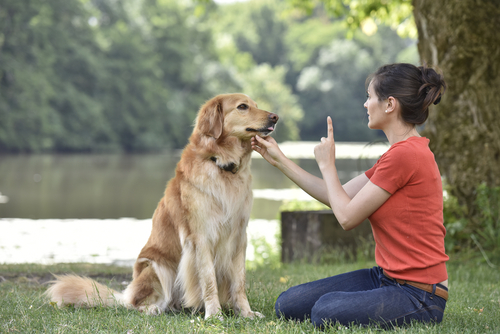
When you’re out and about with your dog, you want to be able to get its attention and stop any inappropriate actions right away. If they’re straying too close to another dog, for example, you want to be able to call them back without having to pull on them.
“Leave it” is important because your dog may try to go for things that aren’t safe for it. Dangerous foods or another household pet’s toys are good examples of this. When you drop an onion on the floor while cooking, you don’t want that to be the first time that you try to get your dog to leave something alone.
7. Pay Attention to Your Dog’s Reactions
Just like your dog has to pay attention to you during training sessions, you have to pay attention to your dog. Notice how it reacts when you give it commands, even if it doesn’t follow them yet.
If your dog isn’t understanding something, you may need to change your methods. Remember that all dogs are different and they’ll all respond differently to teaching methods.
This is also important when you’re choosing rewards or discipline methods for your dog. You want to make sure that you’re motivating your dog in the right way. If it becomes desensitized or bored by whatever you’re using, you’ll have to pay attention to this so you can change things up.
8. Don’t Hesitate to Praise or Discipline
As we mentioned before, dogs have brief attention spans. They can remember things long-term, but their short-term memory isn’t fantastic. This means that it’s crucial to praise or discipline your dog for their behavior as soon as it happens, if possible.
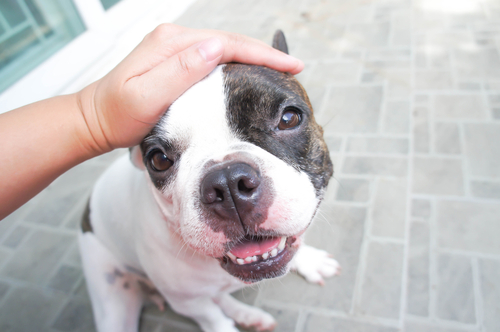
So what does this look like in practice?
When you’re training your dog and it obeys a command, you should praise or reward them as soon as they finish. The second your dog’s bottom hits the ground when you tell them to sit, they get a reward.
This is also true for discipline. If your dog chews or bites on something that it’s not supposed to, immediately discipline your dog (we’ll talk about proper discipline methods later on). This will help them understand that the action was inappropriate.
This will take some getting used to, and there are some situations in which it won’t be possible. Your dog will develop the ability to remember and understand when it misbehaved when you weren’t around, but that will take time.
We’ve all seen videos of dogs “looking guilty” when they’ve made a mess in the house while the owner wasn’t home! While they’re not “really” feeling guilty, they do know when they’ve done something wrong and you’re going to be unhappy with them.
9. Reward Good Behavior
It’s always better to use positive reinforcement rather than negative reinforcement when it comes to training (though you may need to use both depending on the situation). Dogs are reward-motivated and they want to please you.

Find the right reward for your dog. For most dogs, the best rewards are treats. That said, too many treats can cause your dog to gain weight.
If your dog responds well to treats, we recommend breaking the treat into pieces so you don’t have to feed it too many during your training session.
At the end of training sessions, consider rewarding your dog with something larger, like a toy or a large chewable treat.
10. Don’t Be Mean to Your Dog
Use the carrot, not the stick. When your dog does something wrong, you can be strict but not mean. Do not harm your dog physically or psychologically.
Remember that your dog is still learning. It doesn’t understand that it’s doing something wrong and it’s trying to take in a lot of information at once. It will make mistakes.
Yelling at a dog loudly or swatting it when it does something wrong will cause the dog to fear you. You can use a stern voice and your body language to let a dog know that its behavior was unacceptable.
When you’re teaching basic commands, withhold treats when the dog isn’t obeying. Don’t punish the dog.
11. Stay Consistent

Consistency is key when it comes to training a dog. One of the best dog obedience training tips that we can give you is to make sure that you’re consistent with training methods, rewards, and discipline methods.
Your dog has a hard enough time understanding commands. If you’re constantly switching up commands and how you respond to the dog’s behavior, you’ll confuse it even more. The only exception to this is if a dog is clearly not understanding what you’re trying to teach it.
You also need to be patient. It’s going to be difficult to stay consistent with your training method if the dog isn’t learning as quickly as you’d like. Keep up with it and you will see results.
12. Allow Time to Decompress
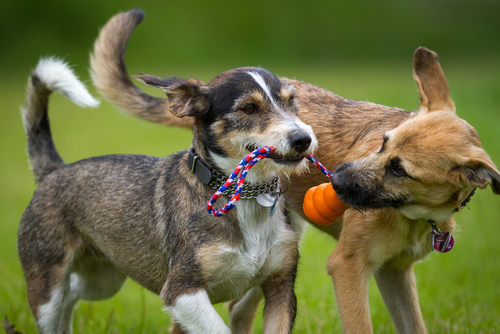
After training sessions, make sure that your dog has time to expend some energy and play. Whether this means that you go for a long walk, let them play in the yard, or have a fun indoor playing session, do something that your dog enjoys.
Some dogs prefer to relax after training, but this is uncommon. If this is the case, give your dog a toy or a chewable treat so it can go lay down and rest after the tough training session.
13. “Trial Run” in Public
Teaching your dog commands and tricks at home is one thing. Getting your dog to listen to those commands in public is a whole other story. Outside, there are so many things to distract your dog, so it’s more difficult for them to focus on your commands.
Start using commands while your dog is on short walks. Keep in mind that you may have to use them more than once, especially if your dog is a puppy or if you’re in a new place.
Once your dog has that down, consider taking it to a dog park (as long as it isn’t aggressive). Once your dog is able to obey commands when it’s in public, you know that you’ve done a good job training.
14. Hire a Professional for Help
If you’re struggling to train a stubborn or “unteachable” dog, there’s nothing wrong with hiring a professional dog trainer. Even a few sessions with a trainer will help your dog learn.
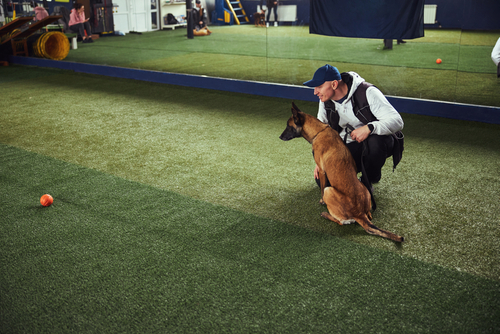
These sessions are one-on-one and it’s common for the trainer to visit you to do them. This way, the dog gets to learn in a comfortable and familiar environment.
The trainer may also give you helpful instructions for training your dog when they’re not around.
Try the Best Dog Training Tips Today
These dog training tips are sure to help you get your furry friend listening to commands and behaving as soon as possible. Remember: you have to be patient with your new canine companion. They’re trying to learn so many things at once!
As long as you stay consistent and make training fun, you’re sure to have a good experience.
Are you looking for more helpful information about pet ownership? Visit the rest of the blog for tips and tricks! Start with this post about potty training your new puppy.
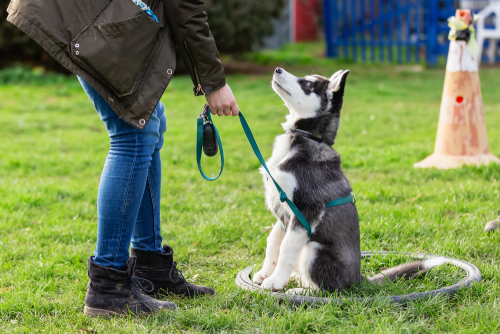
yes definitely agree with that
LikeLike